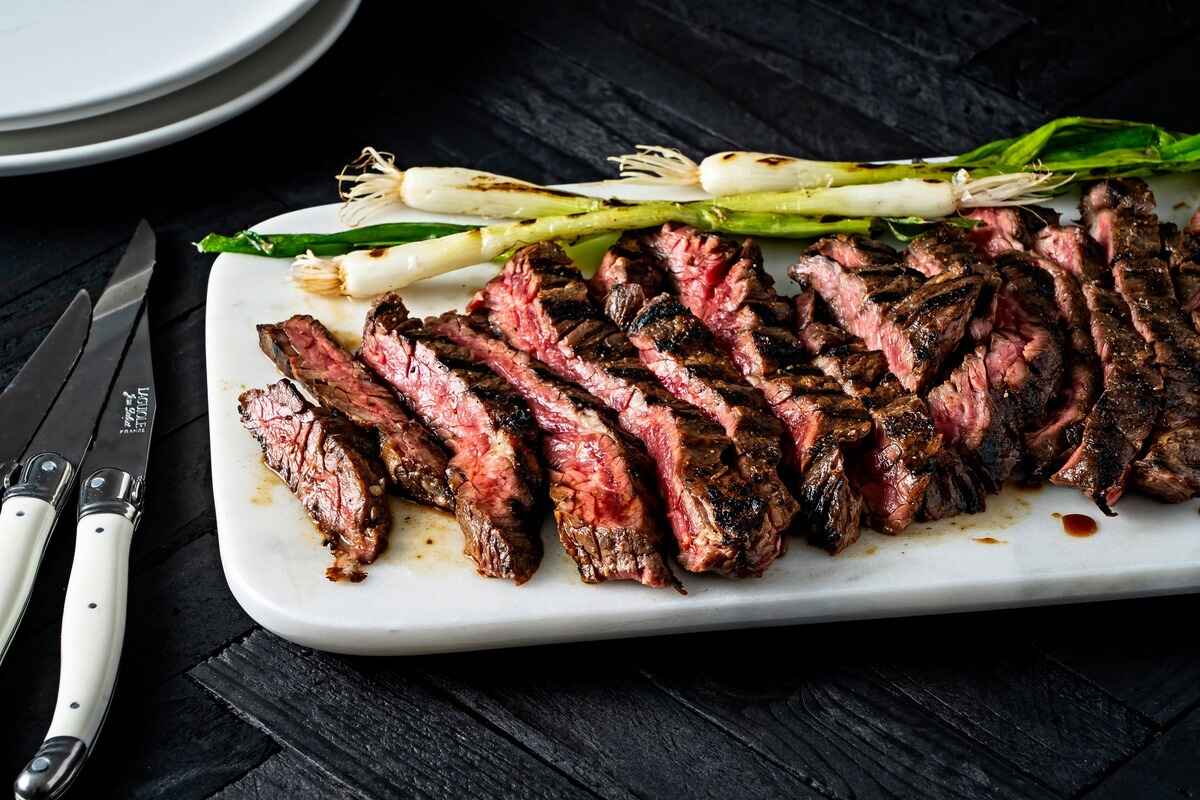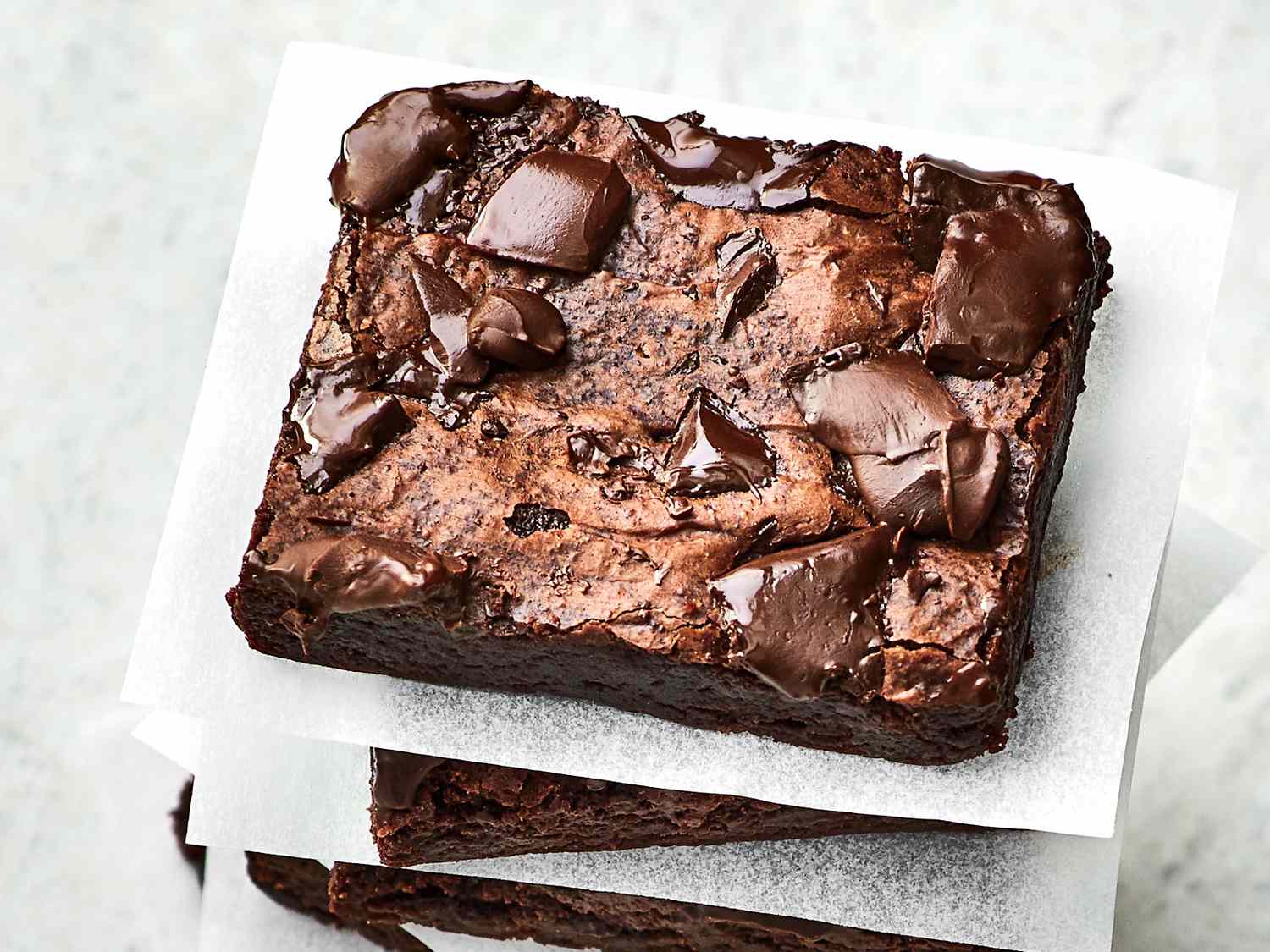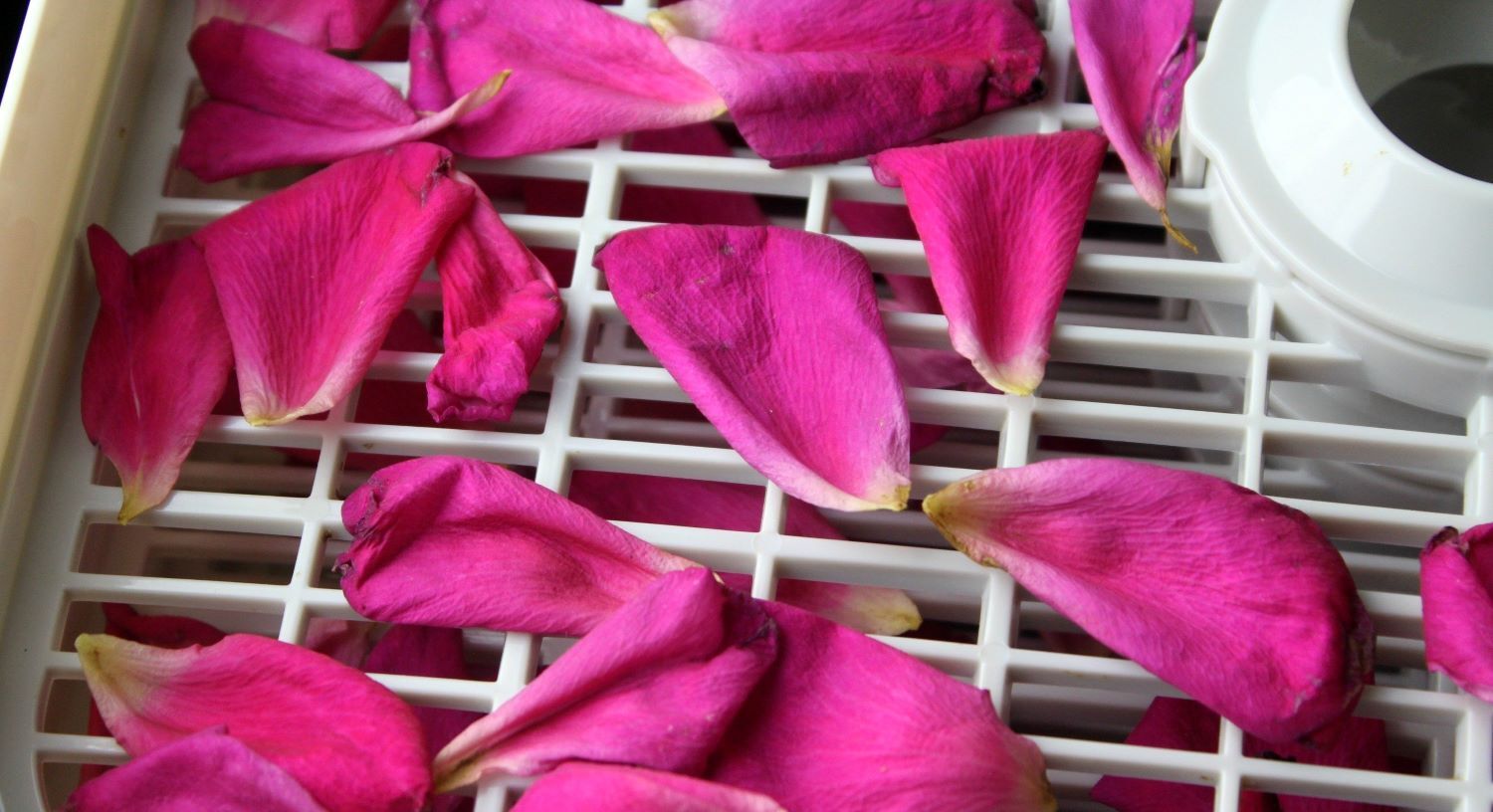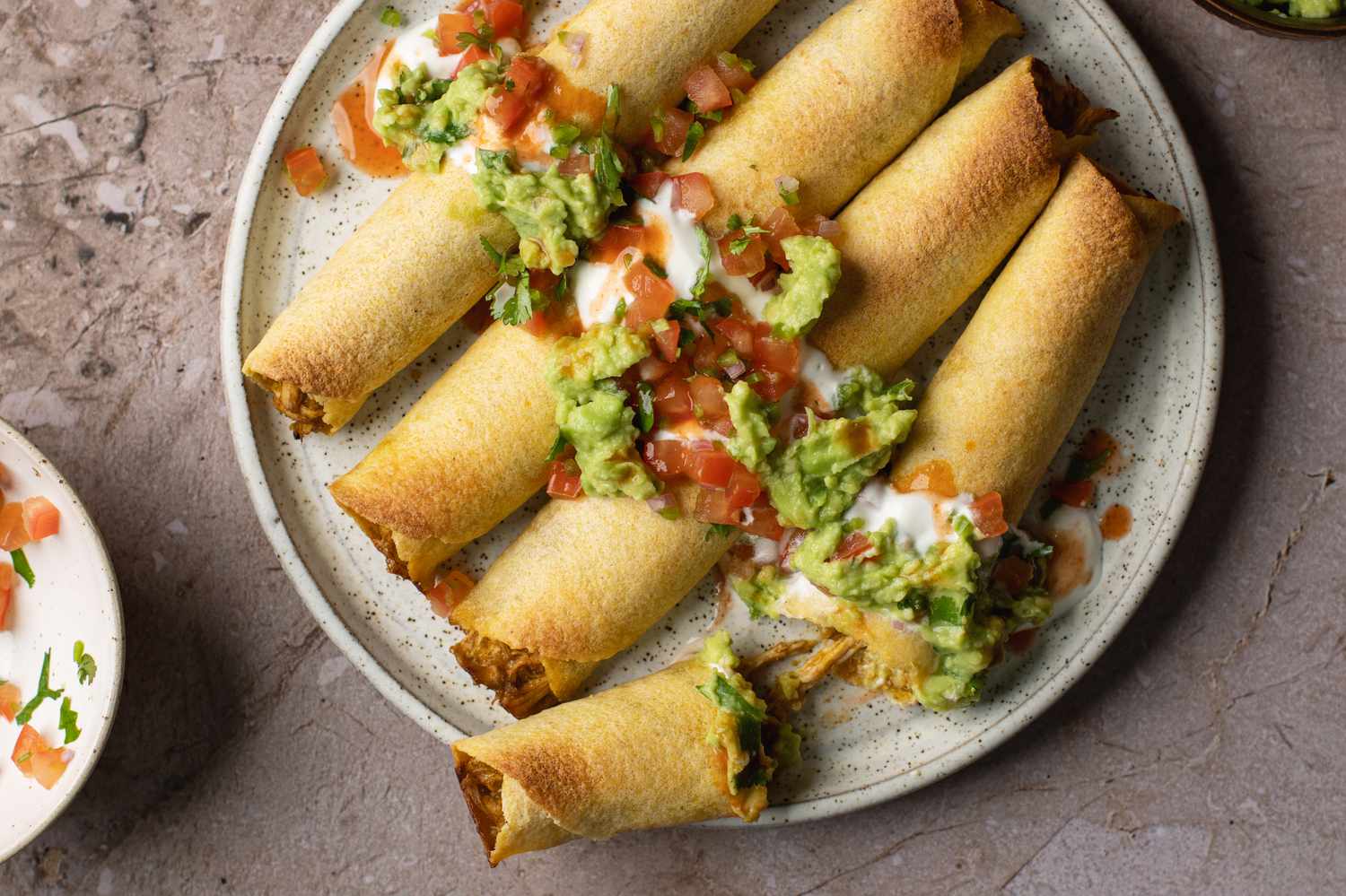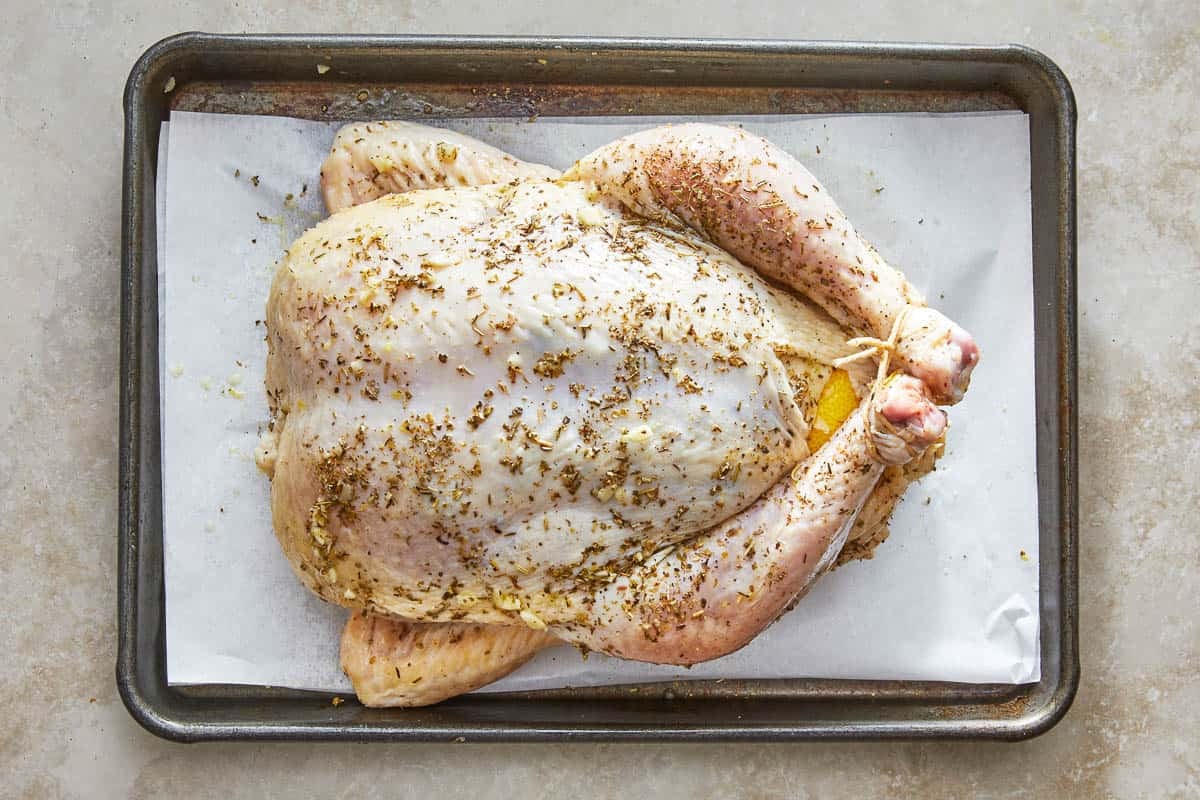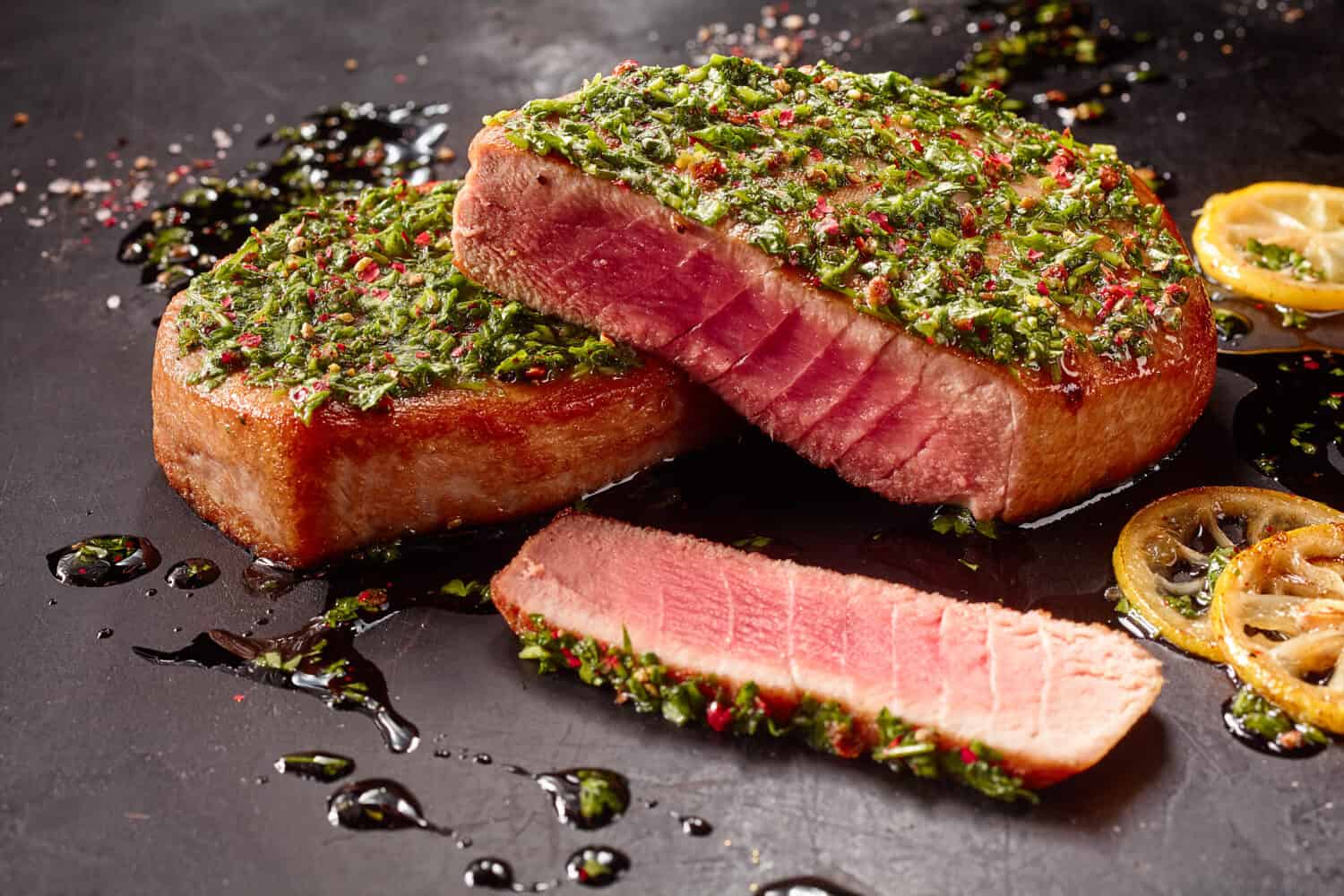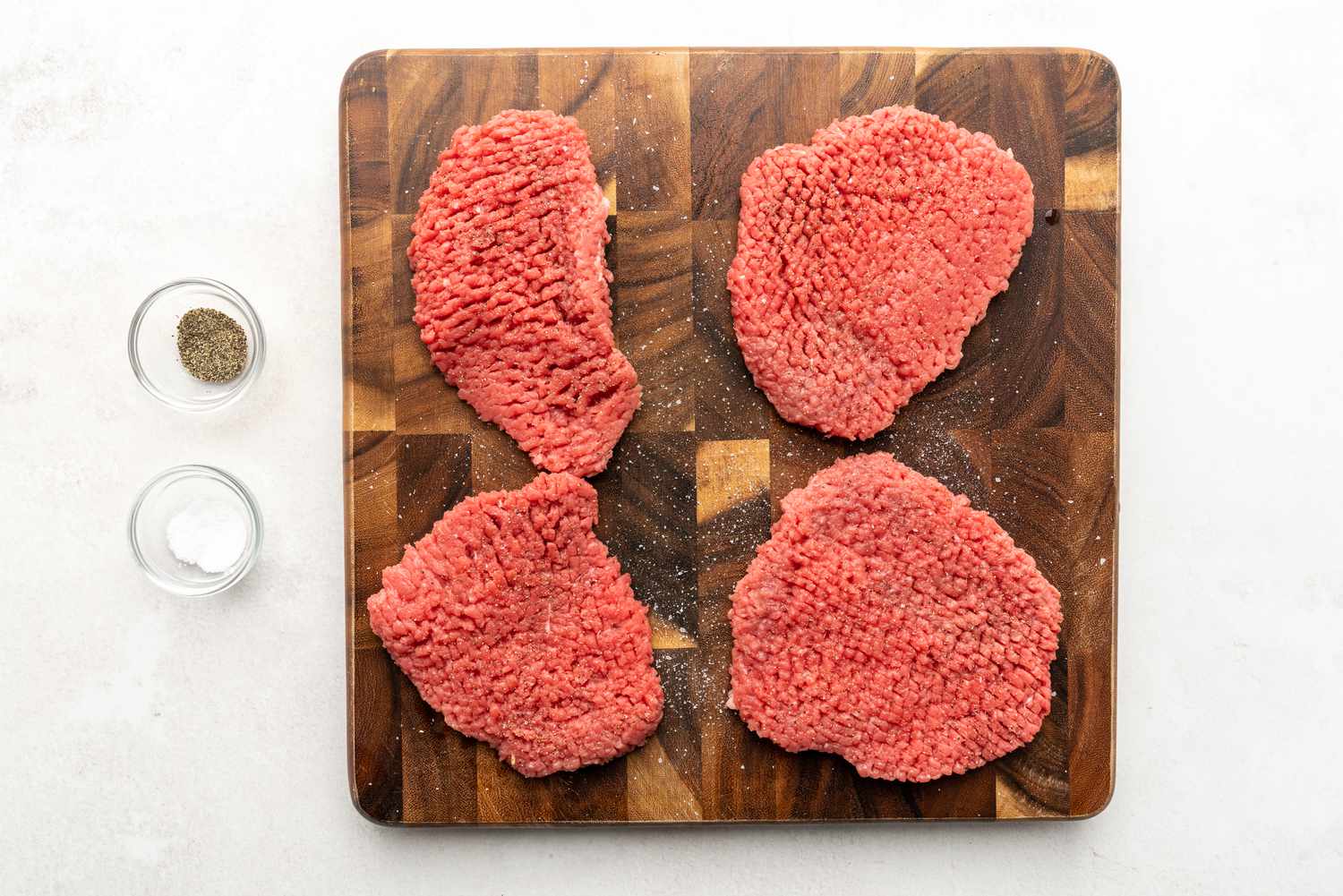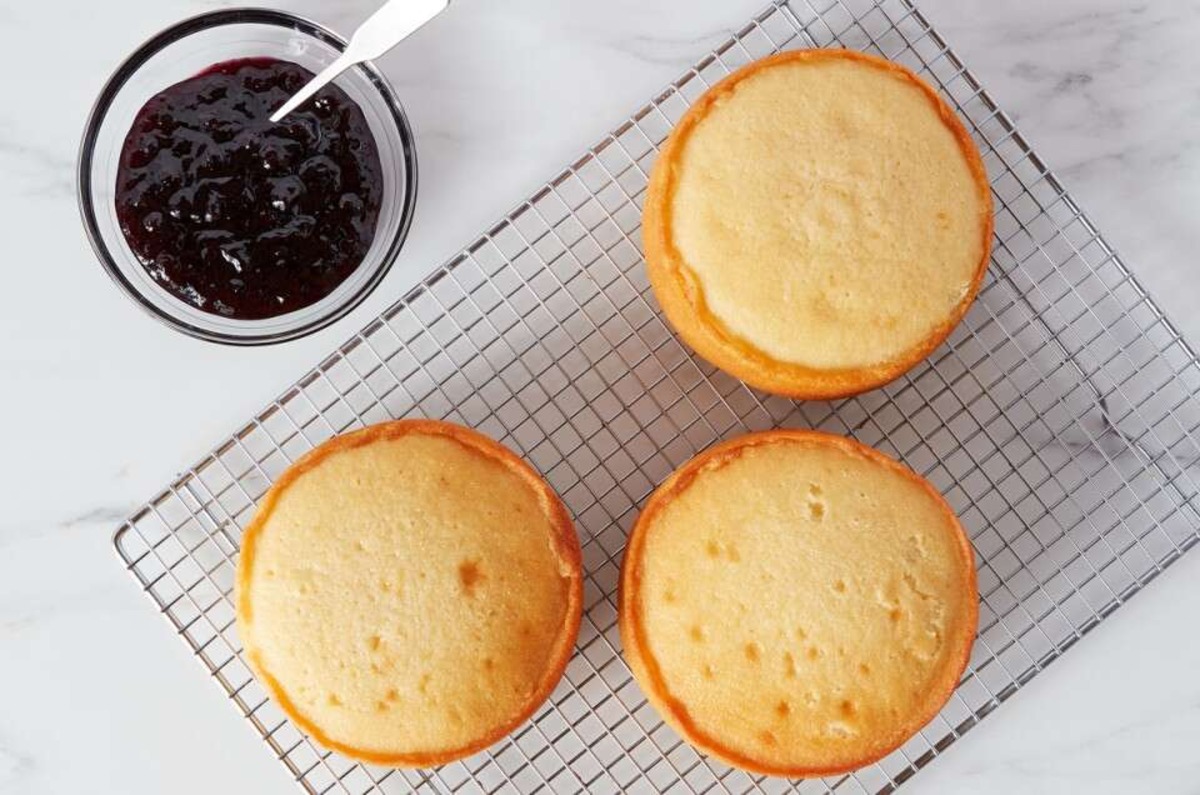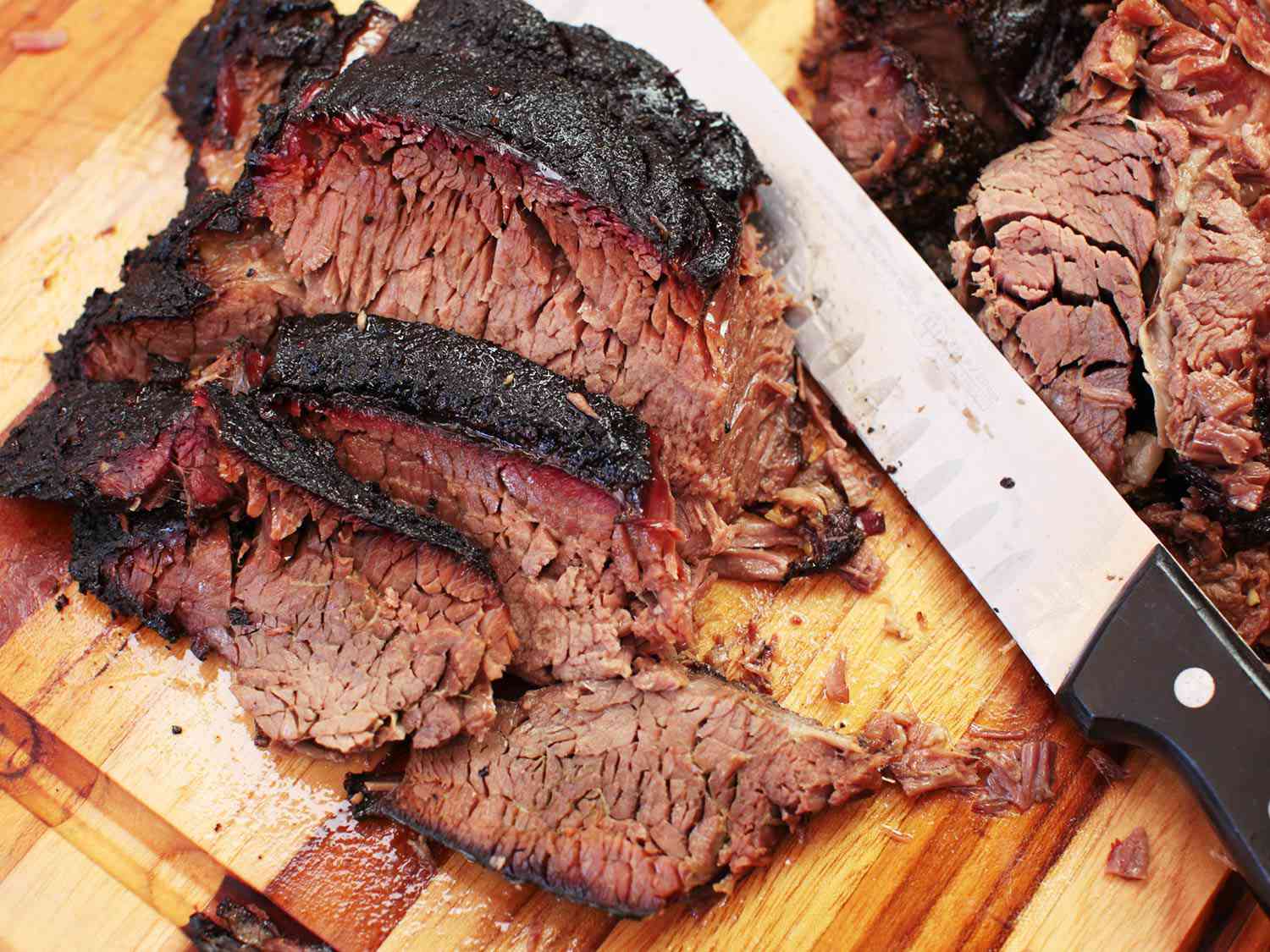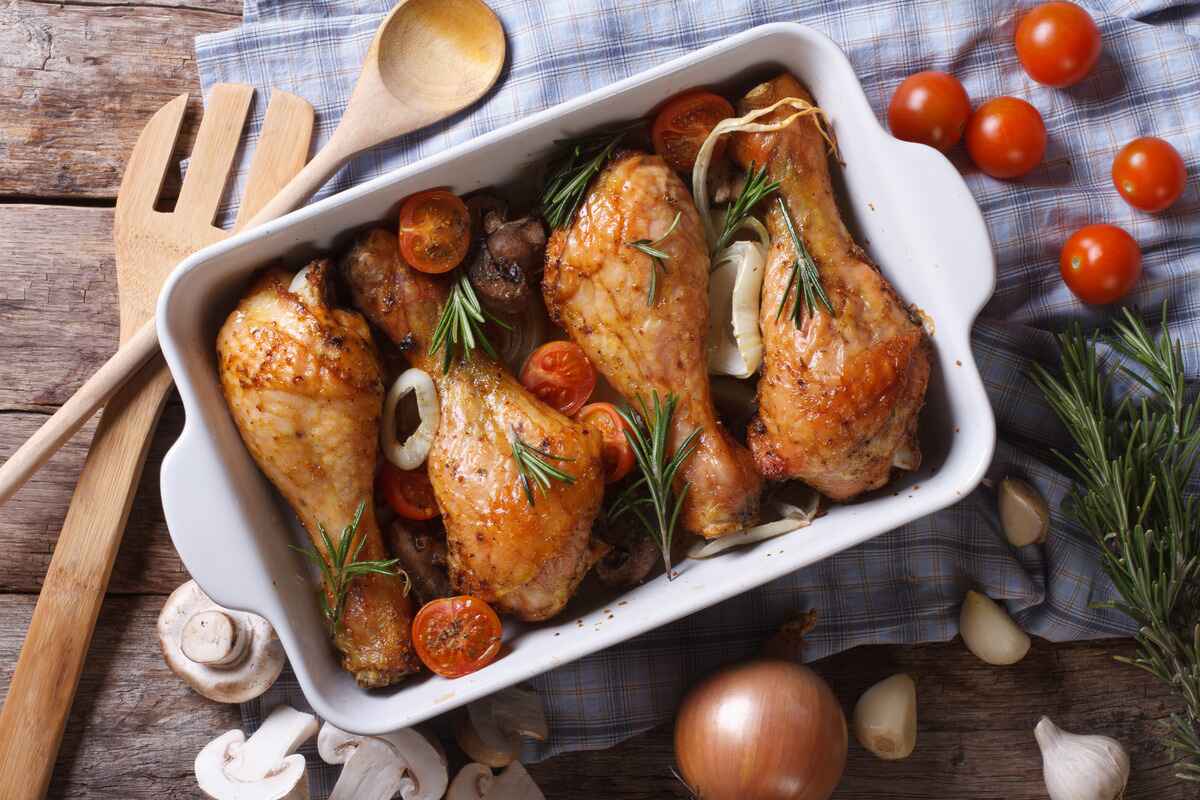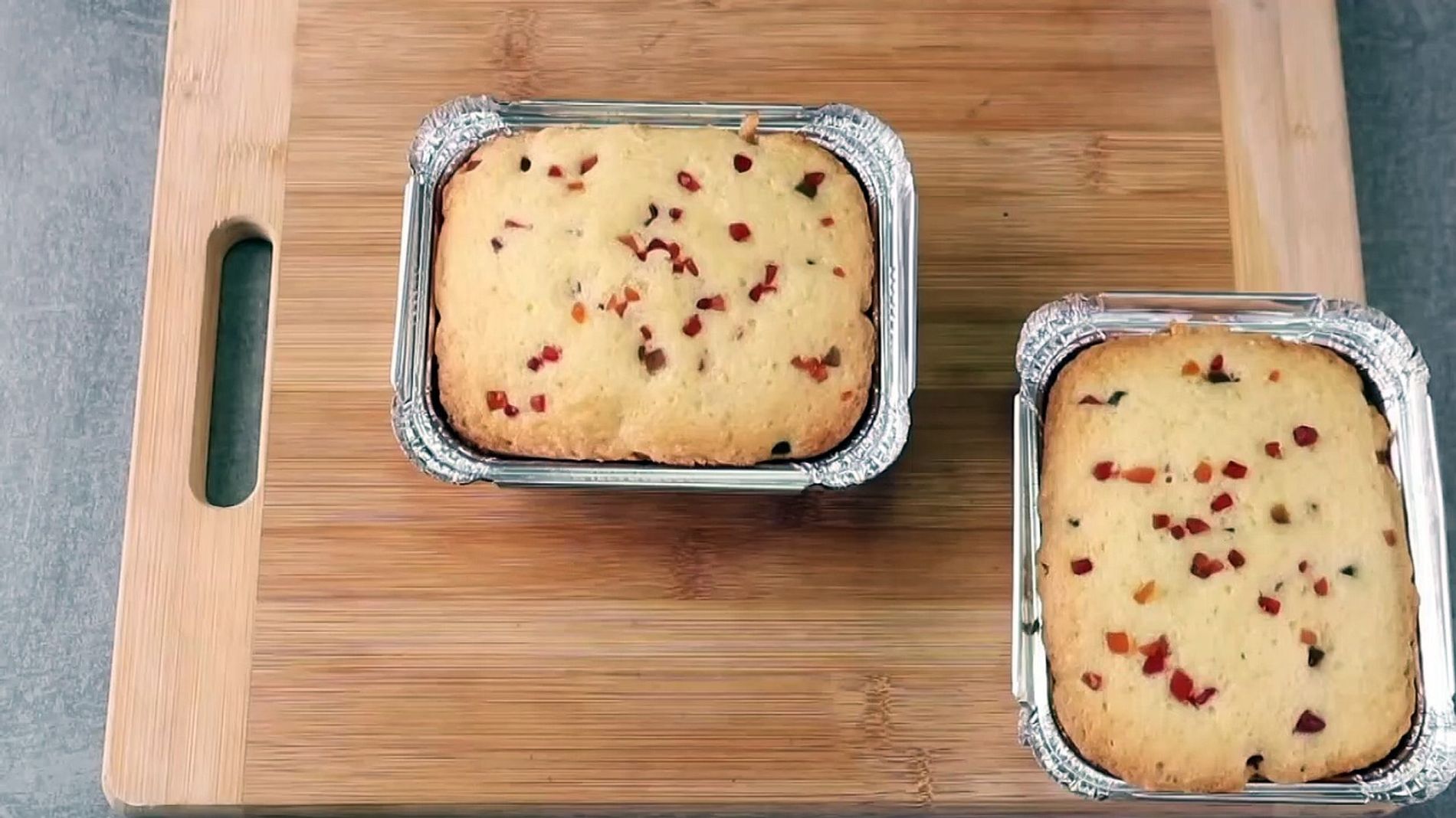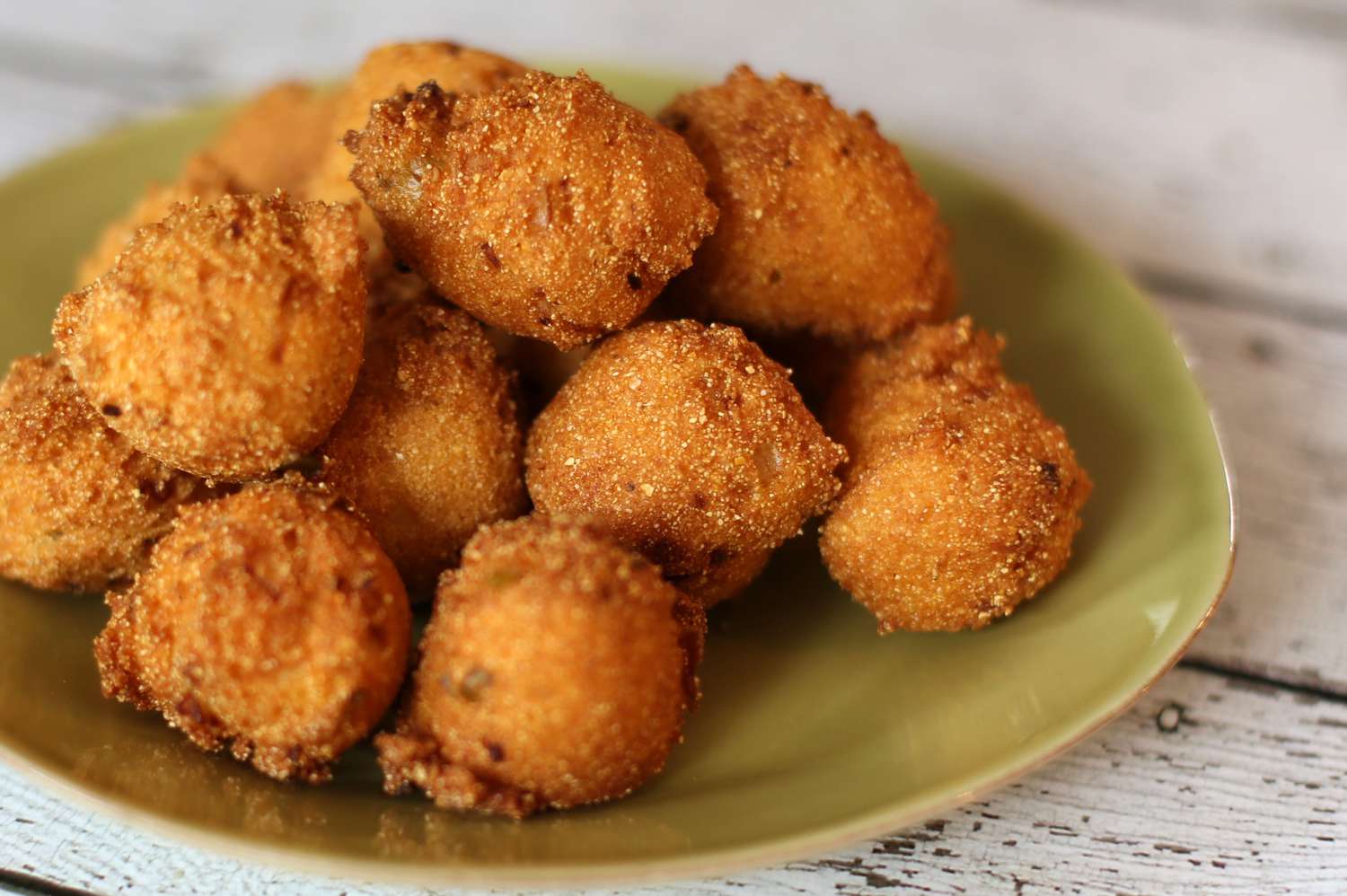Sweet Technique: Prepping Cake Pans
When it comes to baking the perfect cake, one crucial step that often gets overlooked is properly prepping your cake pans. Prepping your cake pans correctly can make all the difference in terms of the end result – a beautifully baked cake that releases effortlessly from the pan. In this blog post, we will delve into the sweet technique of prepping cake pans, giving your cakes the best chance to shine.
Why is prepping cake pans important?
Prepping your cake pans ensures that your cake doesn’t stick to the pan, resulting in a messy and crumbled disaster on your plate. Additionally, proper prepping helps to create a smooth and even surface for the batter to bake evenly, resulting in a well-risen, perfectly cooked cake.
Step-by-step guide to prepping cake pans
- Choose the right pan: Start by selecting the right cake pan for your recipe. Whether you are using round pans, square pans, or bundt pans, make sure they are the correct size and shape as specified in the recipe.
- Grease the pan: Using a pastry brush or paper towel, generously grease the inside of the cake pan with butter, oil, or non-stick cooking spray. Make sure to cover the entire surface of the pan, including the bottom and sides.
- Add a parchment paper liner: To further guarantee easy cake release, cut out a round or square piece of parchment paper to fit the bottom of the pan. Place the parchment paper on top of the greased pan, pressing it down to adhere.
- Dust with flour (optional): If you’re baking a delicate cake or one with intricate designs, you can dust the greased and lined pan with flour. This extra step helps the cake release more easily and prevents any unwanted sticking.
- Tap and remove excess: Once the pan is greased, lined, and optionally dusted, gently tap the pan on the counter to evenly distribute the grease. Then, turn the pan upside down over the sink or trash can to remove any excess grease or flour. This step helps to ensure an even coating while preventing any excessive accumulation.
- Ready to pour in the batter: With your prepared cake pan, you’re now ready to pour in the batter and start baking your delicious creation. Remember to follow the recipe instructions regarding pan filling levels and baking time.
Additional tips for flawless cake release
- Ensure pans are clean: Before greasing and lining the pans, make sure they are clean and free from any residue. Any leftover crumbs or grease can hinder the cake’s release.
- Use quality pans: Investing in high-quality cake pans ensures even heat distribution and a durable, non-stick surface, making cake release a breeze.
- Allow cakes to cool before removing: Once your cakes are out of the oven, give them some time to cool in the pan. This helps to set the structure and prevents any breakage during removal.
- Loosen the sides: After the cooling period, gently run a thin knife or offset spatula around the edges of the cake to loosen it from the sides of the pan. This step further facilitates the release.
- Invert and remove: To remove the cake from the pan, place a cooling rack or a flat plate upside down on top of the cake. Hold the sides of the pan and rack/plate firmly together and swiftly invert them, allowing the cake to come out onto the rack or plate.
- Peel off parchment paper (if used): If you lined your pans with parchment paper, gently peel it off the bottom of the cake once it is fully cooled. This ensures a clean presentation without any paper remnants.
With these sweet techniques for prepping cake pans, you’re now equipped to achieve bakery-worthy results every time you bake a cake. Remember, a little extra effort in properly prepping your cake pans goes a long way towards creating stunning and delicious masterpieces!
Was this page helpful?
Read Next: How To Make A Herringbone Lattice Pie Crust
